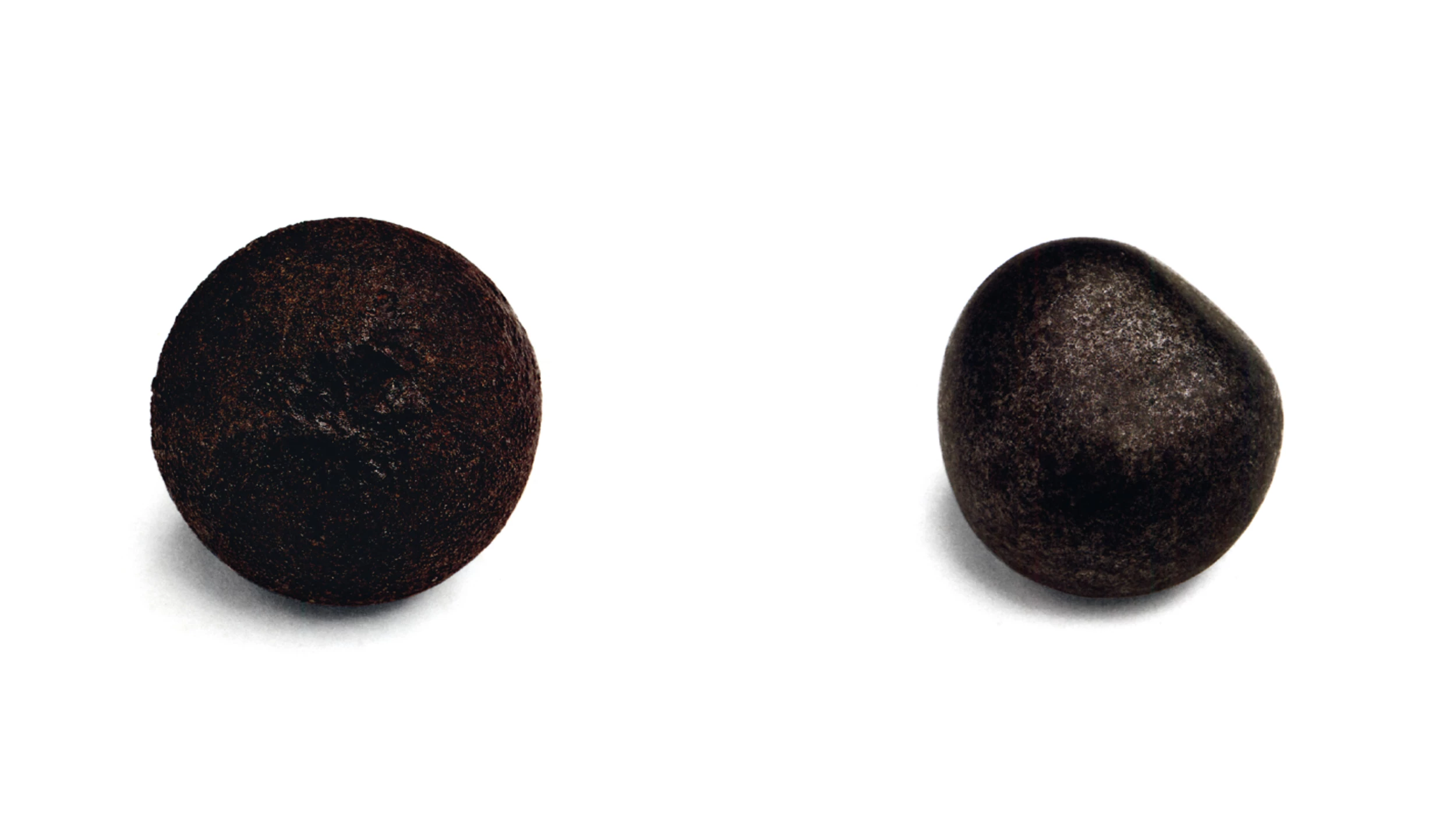
Borges once said that he wrote tales because he knew no other way of telling stories that was as direct. Maybe for the same reason Ángel Martínez García-Posada – professor at the Seville School of Architecture – uses the tale to recall thoughts and actions of influential 20th-century writers, painters, architects and others: Robert Smithson, Matta-Clark and Beuys are three ‘usual suspects’. The book is an anthology of stories, like an updating of The Thousand and One Nights that makes the reader a king watching the limits of time blur and the characters merge. There is a desire to elevate events to an artistic category: Philippe Petit’s walks amongst clouds, Marcel Duchamp’s checkmate to John Cage, an Alexandrine obelisk’s journey to the New World... The read becomes a dérive, a coming and going through time and space, where unexpected connections between narrations are made.
As the subtitle suggests, the protagonist is time, thanks as much to the creations as to the coincidences that each tale describes. The chronology with which Martínez arranges the stories seems to follow what Robert Smithson had in mind when he wrote that one had to look for the places where distant futures coexist with distant pasts. The American artist enjoyed visiting New York’s Museum of Natural History because cavemen and spacemen coincided there. Similarly, different time periods inhabit this book to build new histories on art and architecture.
Matter, the other silent protagonist of all stories, is the physical reality that transubstantiates the passage of time into something intelligible: through the footprints of one over others’ we perceive its unalterable presence, as an archaeologist does. Architecture, which works with matter, inherits this same capacity. In ‘Dreams and Dust’, each chapter proposes approaches that test a way of understanding it. Far from the aseptic perfection we sometimes pursue, good architecture is deliciously imperfect, with indeterminate principles and unreachable goals: all that is solid eventually vanishes. Like writing, designing is leaving a mark, as a Perec quote expresses at the start of one of the stories. The idea of architecture is present in each story, though references from a disciplinary angle are scarce – Zumthor’s chapel or Le Corbusier’s, or the Colosseum or the Rome of Piranesi. Everything has to do with everything in praise of a continuous discourse of the arts, all activities that dream of reversing time.
The book favors an integrative concept; even the mysterious objects shown on the cover come across as a lyrical summary. Simple and discreet in everything from style to layout, it hides themes as powerful as the force of erosion, the transforming capacity of art or its identification with nature. The book throws light on aspects of architecture that are at times hard to understand amid much noise and letters.
This essay is the winner of the First Competition of Reviews on Books of Architectural Theory, Criticism and History, organized by Asociación Témemos, Editorial Reverté and the magazine Arquitectura Viva.







